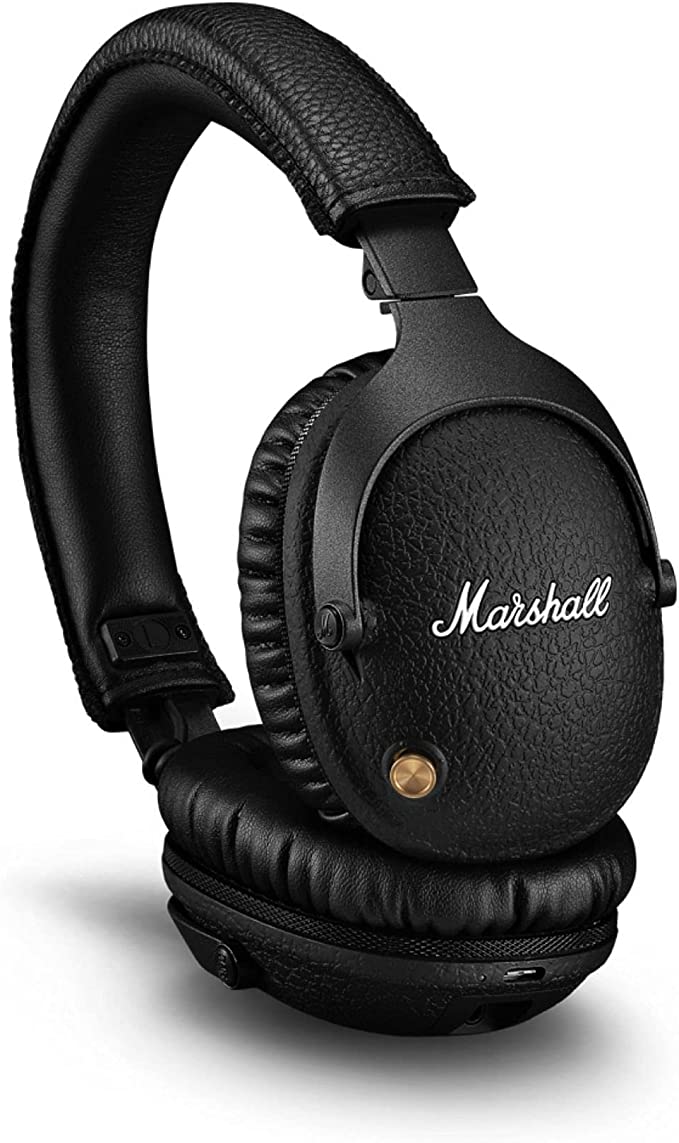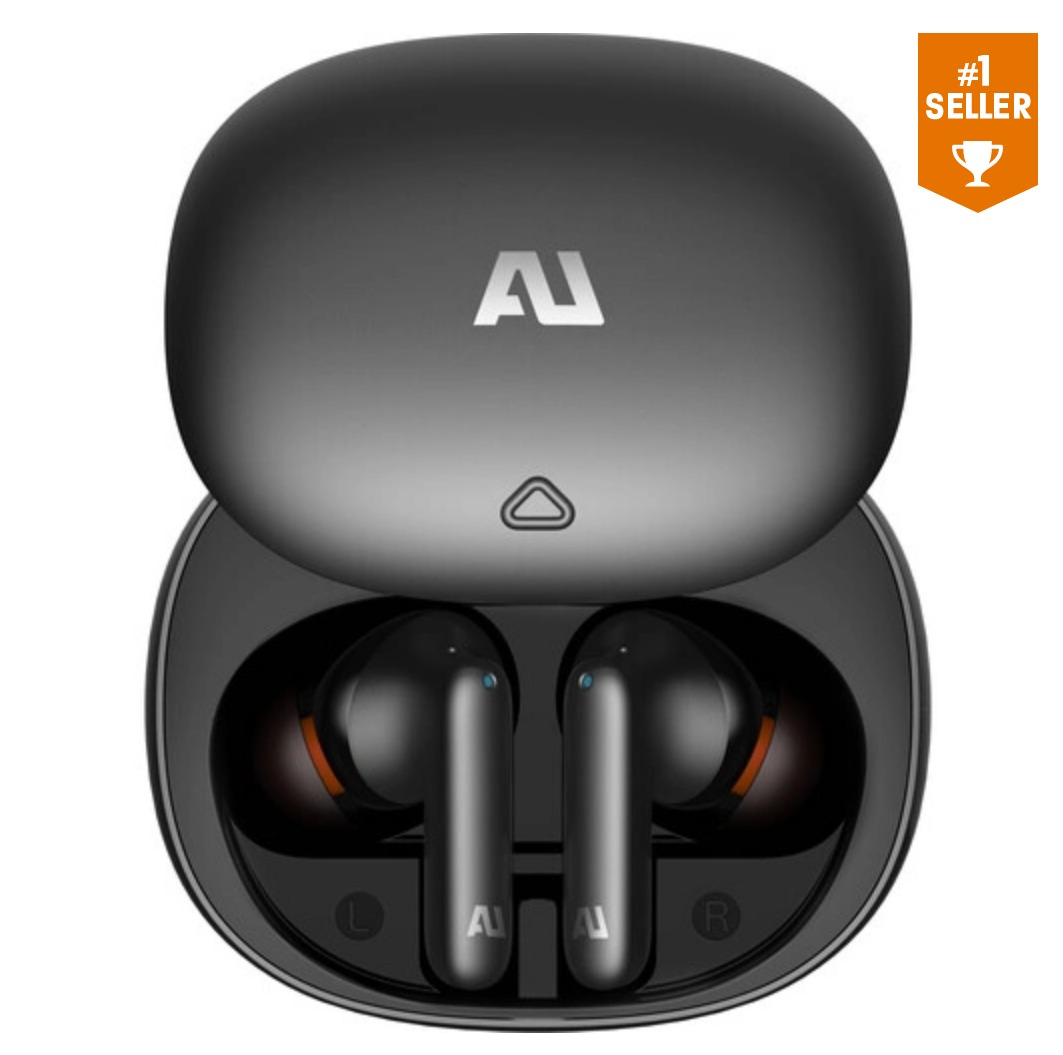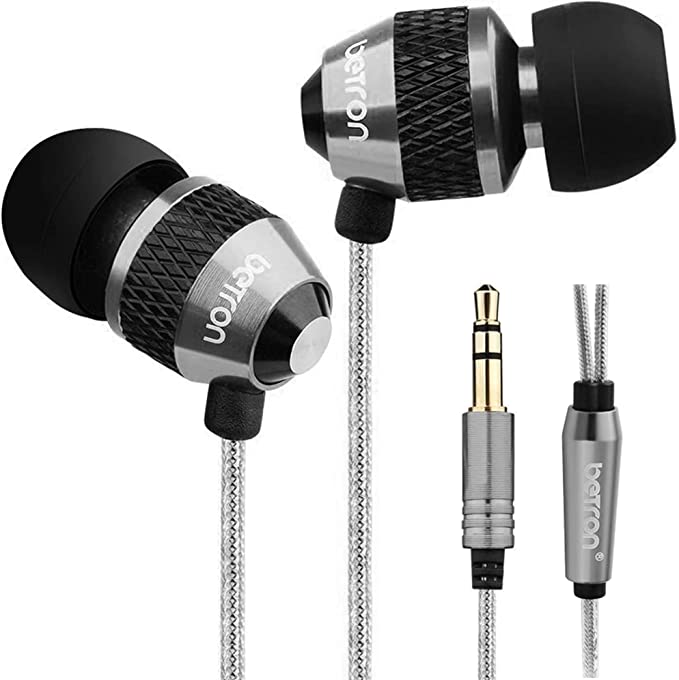Nothing Ear (a) Earbuds: AI-Powered Audio for the Modern World
Update on Aug. 4, 2025, 11:49 a.m.
We are living in an age of sensory siege. The city outside our window hums with a relentless, low-frequency drone. Our digital lives are a cascade of pings, notifications, and alerts. This constant auditory clutter isn’t just annoying; it erodes our focus, drains our mental energy, and makes moments of genuine quiet a rare luxury. In parallel, we face an endless torrent of information, where finding a clear, quick answer can feel like trying to catch a single raindrop in a storm. It is within this modern predicament that a new generation of technology is emerging, not to add to the noise, but to master it. The Nothing Ear (a) is a fascinating protagonist in this story, a device that leverages the fundamental laws of physics and the cutting edge of artificial intelligence to offer something profoundly valuable: control.

The Architecture of Silence: Mastering the Invisible Wave
At the heart of the Ear (a)’s ability to create a personal sanctuary is a principle of elegant simplicity: to cancel a wave, you introduce its perfect opposite. This is the core of Active Noise Cancellation (ANC), a technology born not for music lovers, but for pilots in deafening cockpits who needed to hear critical communications. Sound travels as a pressure wave, with peaks and troughs. The Ear (a), armed with its Hybrid ANC system, performs a remarkable acoustic sleight of hand.
Imagine the unwanted noise of a train car as a series of ripples on a pond. The earbud’s external “feedforward” microphone sees these ripples coming. Its internal processor instantly calculates their exact shape and size and generates a corresponding set of “anti-ripples” that are a perfect mirror image. When your original noise ripple meets the earbud’s anti-ripple, they flatten each other out into a calm surface. This is destructive interference.
What makes the system “Hybrid” is the addition of a second, internal “feedback” microphone. This one acts as a quality control inspector, listening for any noise ripples that managed to sneak past the first line of defense. It reports back to the processor, which then refines its anti-noise signal for an even more complete cancellation. This dual-microphone approach is what allows the Ear (a) to tackle a much wider spectrum of sound, from the low rumble of an engine to the mid-frequency chatter of a crowd.
But the true intelligence lies in the word “Adaptive.” The earbuds don’t just apply a single, brute-force level of cancellation. They are constantly listening to the sonic texture of your environment and adjusting the intensity of the anti-noise signal in real time. This is how the system achieves a claimed reduction of up to 45 decibels (dB). Because the decibel scale is logarithmic, this is a profound reduction—an effect that can transform the overwhelming roar of a city street into a distant, manageable hum, giving your brain the space it needs to think.
The Art of Sound: Sculpting Audio from Electricity
Once silence is achieved, the canvas is clean for the real art to begin. An earbud’s soul is its driver, the tiny engine that converts electrical signals into the music we feel. The Ear (a) uses a custom-designed 11 mm dynamic driver. Think of it as a miniature, high-precision loudspeaker, where a diaphragm vibrates to create sound waves.
The engineering here is a delicate balancing act. A powerful driver, as featured in the Ear (a), can move the diaphragm with more force and excursion. This is crucial for reproducing low-end frequencies, creating a bass that is not just a muddy boom, but a deep, textured, and resonant pulse. However, power without control is just noise. Inside the earbud’s tiny acoustic chamber, moving air can create unwanted pressure and resonance, which results in distortion that can make vocals sound thin or cymbals sound harsh.
This is where the inclusion of two new vents becomes critical. These vents act as meticulously engineered release valves, allowing air to flow more freely within the bud. This optimized airflow prevents pressure build-up, giving the diaphragm the freedom to vibrate precisely as the original audio signal intended. The result is a significant reduction in distortion, leading to greater clarity across the entire frequency spectrum. Vocals emerge with nuance and texture, and intricate high-frequency details are preserved, allowing you to hear the music, not the limitations of the hardware.
The Whispering Oracle: An AI for Your Auditory Nerve
If ANC grants us control over our external environment, the integration of ChatGPT offers a new way to navigate our internal world of information. This is a significant evolutionary leap from the conventional voice assistants we’ve grown accustomed to. Traditional assistants are primarily task-oriented; they are built to do things—set a timer, play a song, tell you the weather. The Ear (a)’s ChatGPT integration, however, is built to know.
When you pinch the earbud’s stem and pose a question, you’re not activating a simple command-response program. You are opening a direct line to one of the most powerful language models in the world. The earbuds act as a sophisticated microphone and receiver, using your phone’s Nothing X app as a secure bridge to the ChatGPT Application Programming Interface (API) in the cloud. The complex query processing happens on powerful servers, and the articulated answer is streamed back to your ears in moments.
This changes the very nature of on-the-go interaction. It’s the difference between asking, “What time is it?” and asking, “Can you explain the theory of relativity in two minutes?” It allows you to brainstorm ideas aloud on a walk, get a quick summary of a news topic while cooking, or settle a debate with a friend, all without breaking your stride or pulling out a screen. While it relies on your phone’s connectivity and the AI’s knowledge base, it represents a profound shift towards ambient computing—a future where intelligence is a seamless, omnipresent utility, accessible with little more than a whisper.
Conclusion: Curating Your Personal Reality
Ultimately, the Nothing Ear (a) is more than a collection of impressive specifications. It is a compelling statement about the future of personal technology. By masterfully applying the principles of acoustics and pioneering the integration of true artificial intelligence, it provides a powerful toolkit for the modern individual. It is a device that understands that in a world of overwhelming noise and infinite information, the greatest luxury is not to have more, but to have the ability to choose. The power to engineer a moment of silence, to command a fountain of knowledge, and to listen with pristine clarity is the power to curate your own reality, one sound wave at a time.

























































